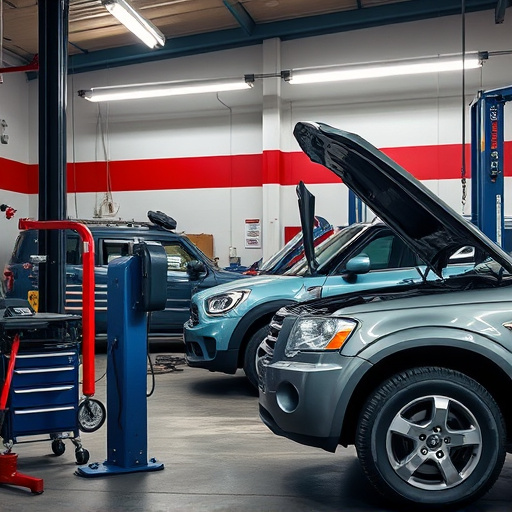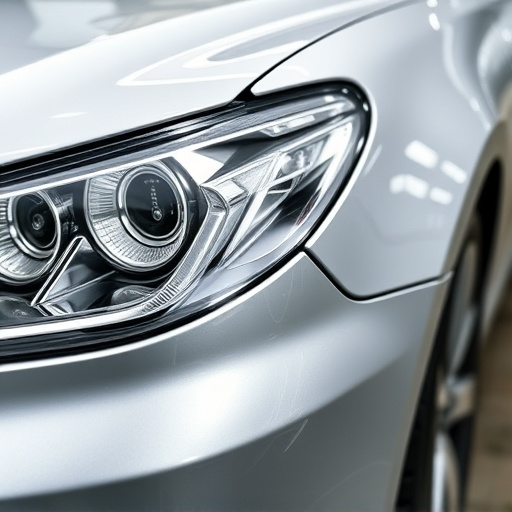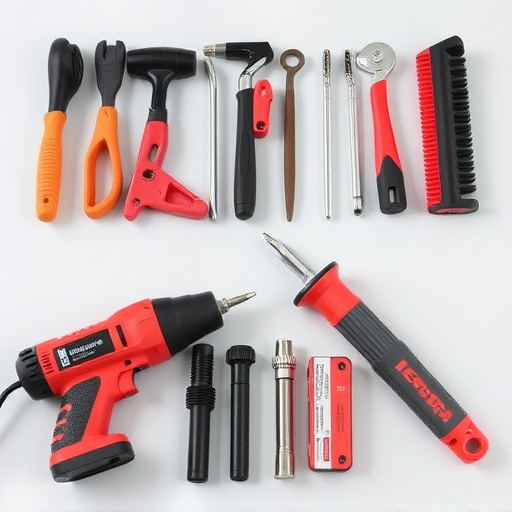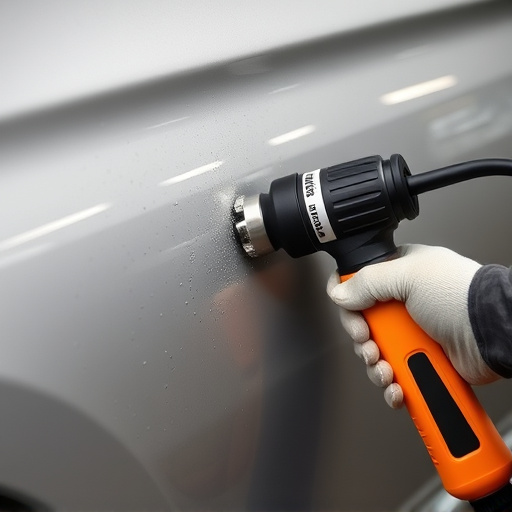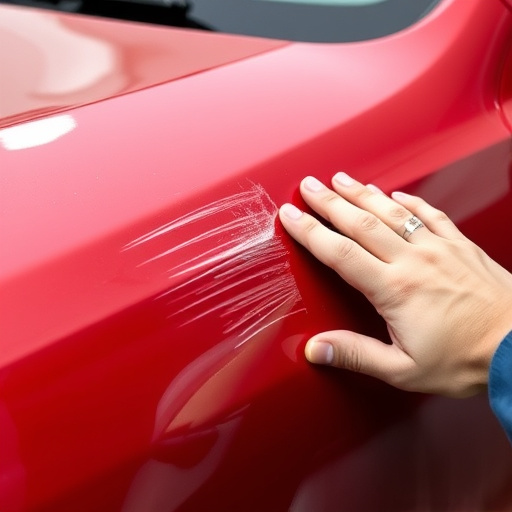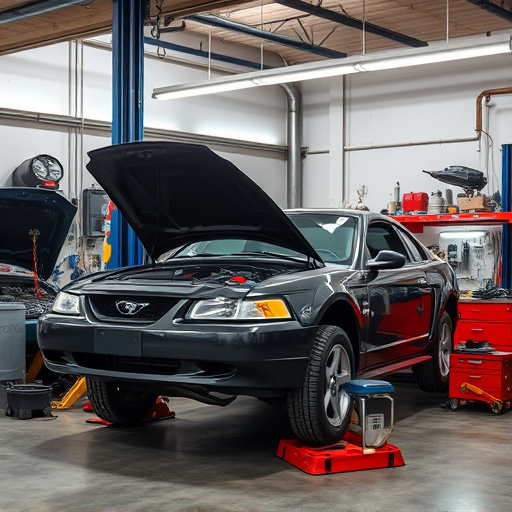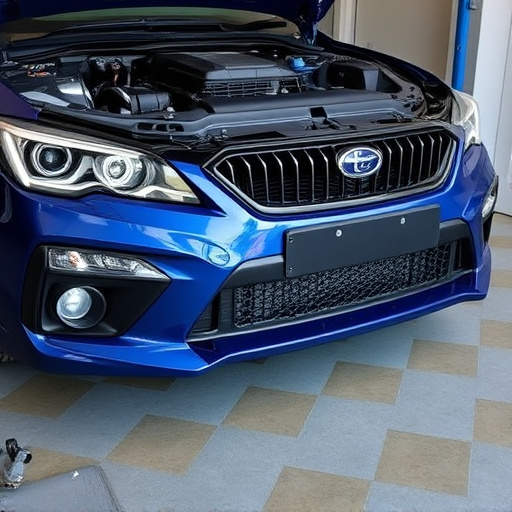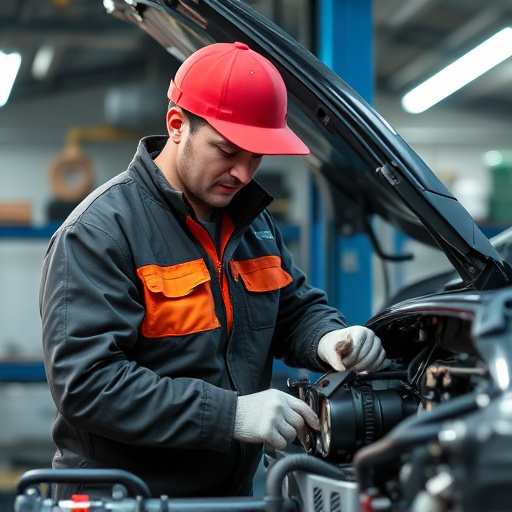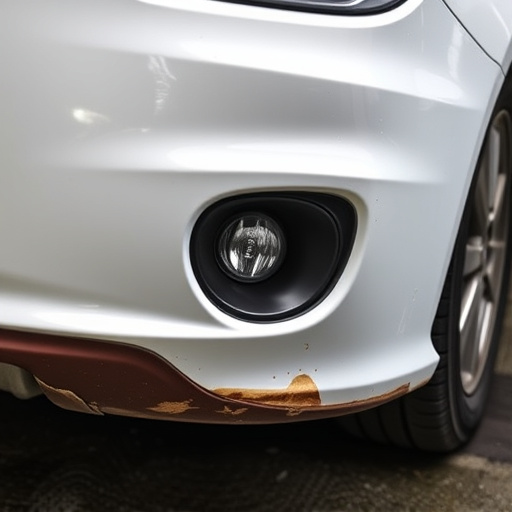Understanding auto insurance policy covers essential for managing auto body cosmetic repair costs. Standard policies exclude aesthetics like dent removal but may cover damages enhancing vehicle appearance after accidents. Check with insurer before repairs and review limits, deductibles to ensure direct billing and efficient claims process.
Are you considering repairing the dents or scratches on your vehicle but wondering if insurance will cover it? Auto body cosmetic repair, while often overlooked, can be covered by insurance plans. This comprehensive guide delves into understanding specific coverage, common scenarios where repairs are insured, and navigating claims to ensure a smooth process. By the end, you’ll know exactly what to expect and how to prepare for getting your vehicle’s aesthetic back in top form.
- Understanding Insurance Coverage for Auto Body Cosmetic Repair
- Common Scenarios Where Cosmetic Repairs Are Insured
- Navigating Claims: What to Expect and How to Prepare
Understanding Insurance Coverage for Auto Body Cosmetic Repair

When it comes to auto body cosmetic repair, understanding your insurance coverage is crucial. Many standard auto insurance policies do not include repairs focused on aesthetics or enhancements. Typically, comprehensive and collision coverage are designed to handle damages that affect a vehicle’s safety and functionality, such as fender benders or more severe accidents. However, these policies often exclude cosmetic repairs like dent removal, paint jobs for the sake of appearance, or window tinting.
This distinction is important when visiting a vehicle body shop. While your insurance may not cover certain cosmetic repairs, it’s always worth checking with your provider to confirm what’s included in your plan. Some insurers might offer optional add-ons that can expand coverage for such repairs, especially if they’re needed due to an accident rather than just cosmetic reasons. Keeping these nuances in mind ensures you’re aware of the scope of your insurance benefits and can make informed decisions regarding vehicle body repair.
Common Scenarios Where Cosmetic Repairs Are Insured
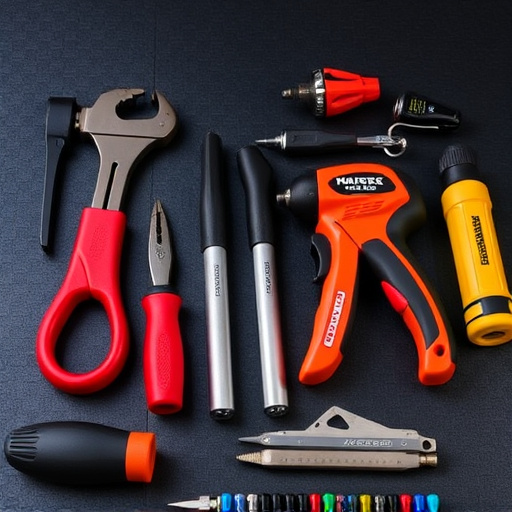
In many cases, auto body cosmetic repairs are covered by insurance plans, especially when they result from specific scenarios that fall under standard coverage. One common instance is when a vehicle suffers damage in a collision with another car or object. Insurers often view such incidents as accidents rather than wear and tear, making the associated repair costs eligible for reimbursement. This includes fixes like dent removal, painting to match the original color, and replacing cracked or broken parts that enhance the vehicle’s aesthetic appeal.
Additionally, certain routine maintenance procedures can be considered cosmetic repairs. For example, detailing services such as interior cleaning, window tinting, and exterior waxing may be covered if they are part of a comprehensive insurance plan. Some policies also cover minor scratches and dents caused by shopping cart collisions in parking lots or similar incidents. It’s important to review your specific insurance policy and understand what constitutes a cosmetic repair to ensure you receive the appropriate coverage for these types of auto body work.
Navigating Claims: What to Expect and How to Prepare

Navigating Claims: What to Expect and How to Prepare
When it comes to auto body cosmetic repairs, understanding your insurance policy is key. Before diving into the process, familiarize yourself with your coverage limits and deductibles. Most comprehensive insurance plans include some form of coverage for auto body repair, but the specifics can vary widely between providers. It’s essential to check if your plan covers cosmetic repairs such as paintless dent repair or scratch removal, as these services may be categorized differently than traditional collision damage.
During the claims process, prepare by gathering all necessary documentation, including photos of the damage and estimates from reputable auto body shops or collision centers. Keep records of any communications with your insurance company. While many collision centers offer direct billing with insurance providers, verifying coverage in advance ensures a smoother process. Remember, clear communication and thorough preparation can help streamline the claim and get your vehicle back on the road faster, leaving you less time to worry about the details.
When it comes to auto body cosmetic repair, understanding your insurance coverage is key. While many policies do not initially cover these types of repairs, certain circumstances may entitle you to compensation. By familiarizing yourself with common insured scenarios and preparing your claims accordingly, you can ensure a smoother process if and when the need arises. Stay informed, stay protected, and remember that navigating your insurance for auto body cosmetic repair can be a valuable step in maintaining your vehicle’s appearance and value.
